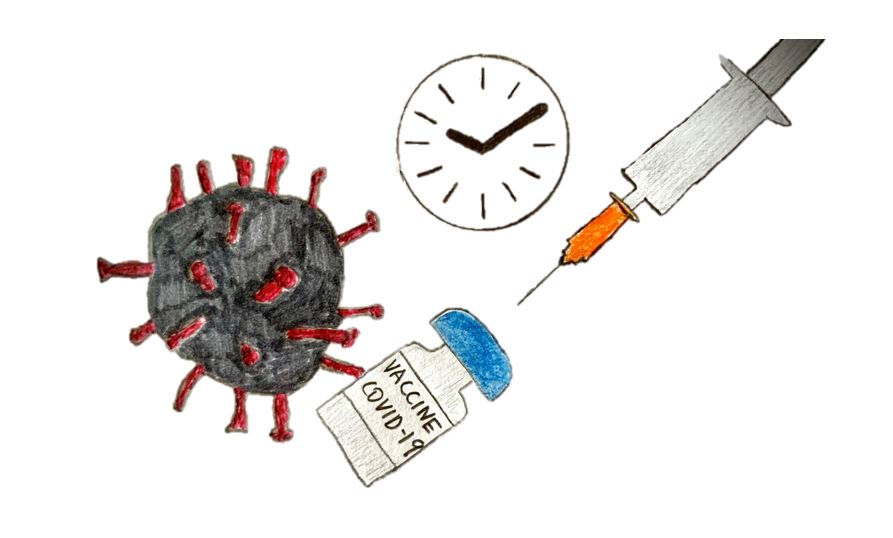A Race Against Time: The Global Search for a COVID-19 Vaccine
“This infection is not going to disappear,” said Jermey Farrar, medical researcher and director of the Wellcome Trust, a research charity based in London, England. “Without science leading us to vaccines, we will get second and third waves,” Farrar said.
There are still many questions that remain unanswered about SARS-CoV-2, the virus that causes COVID-19. Why do some infected people experience no symptoms? How many virus particles are needed to trigger an infection? For how long does immunity last? Will the virus mutate?
The reason that we know relatively little about SARS-CoV-2 is that the research community is only just beginning to do controlled experiments. All of the information that we have comes from observing patients who were infected in different ways, have different underlying health conditions, and are of different ages and sexes. That variability makes it difficult to make definitive conclusions about the virus.
To get the world back to how it was before quarantine, one of two things needs to happen. Either we need to develop a near-perfect drug to treat COVID-19, or we need to make sure almost everyone in the world is vaccinated against it. Although drugs like Remdesivir are making headlines for reducing patient recovery times, a drug would need to be 95 percent effective in order to stop the Coronavirus outbreak. Promising drug candidates may reduce deaths, but they are not powerful enough to get us back to normal. Unless we find a miracle drug, it is clear what has to happen. We need to develop a vaccine.
There is uncertainty among experts about when a vaccine will be ready. Dr. Anthony Fauci, director of the National Institute of Allergy and Infectious Diseases, says that it will likely take between 12 to 18 months to develop, test, and approve a vaccine. But other experts claim that even this estimate is overly optimistic and unrealistic. Under normal circumstances, vaccine development takes around five years. In this critical time, however, research institutions, healthcare companies, and authorities are taking an “all hands on deck” approach to accelerate the process. There are currently over 100 vaccine candidates in the process of development. These candidates take a variety of approaches to create developed immunity.
To understand how vaccines work, it is important to have a basic conception of the immune system. When a pathogen enters your body, your immune system produces antibodies. These antibodies attach themselves to molecules on the virus known as antigens, which send a signal to your body to attack. The next time your body encounters that specific pathogen, it will recognize and react to it immediately to prevent you from getting sick. Vaccines artificially create this immunity, consisting either of killed or weakened pathogens. Many of the vaccine candidates use this conventional approach because we know how to test and produce these types of vaccines. The disadvantage, however, is that they contain a large amount of biological material that needs to be grown, which is time-consuming.
In an effort to shorten the process, some scientists are using less traditional approaches. The main ones are RNA and DNA vaccines. Rather than injecting the antigen of the pathogen into your body, RNA and DNA vaccines work by injecting the genetic code necessary for your body to produce the antigen itself. “You essentially turn your body into its own vaccine manufacturing unit,” said Bill Gates, who has been vocal in his support of this new method. By letting the body produce the antigen, there is no need to use cell cultures and the vaccine production should be much more efficient. The problem is that no RNA or DNA vaccines have ever been approved for humans. Nonetheless, if successful, the ability to test vaccines quickly and not rely on cells to produce them would revolutionize how quickly we can develop and manufacture vaccines in the future.
To get the world back to how it was before quarantine, one of two things needs to happen.
Yona Litwin is a Copy Chief for ‘The Science Survey.' He enjoys the fact that journalistic writing is driven by a variety of voices, and that a single...











